Hot Rolled Coils
Product Details:
Hot Rolled Coils Price And Quantity
- 5 Tonne
- 54 INR/Kilograms
Hot Rolled Coils Trade Information
- 5000 Tonne Per Month
- 7 Days
Product Description
Hot rolled coils are a type of steel product that ismanufactured through the process of hot rolling. Hot rolling is a metalworkingprocess where metal is heated above its recrystallization temperature and thenpassed through rollers to achieve the desired thickness and shape.
Here are some keycharacteristics and uses of hot rolled coils:
Manufacturing Process: Hotrolled coils are produced by heating billets or slabs of steel above theirrecrystallization temperature and then passing them through a series of rollersto reduce their thickness. This process results in a product with a roughsurface finish.
Thickness Range: Hot rolledcoils are available in a wide range of thicknesses, typically ranging from 1.5mm to 25 mm.
Applications: Hot rolledcoils are used in various industries including construction, automotive,manufacturing, and general engineering. They are commonly used to manufacturestructural components, pipes, tubing, and automotive parts.
Strength and Ductility: Hotrolled steel tends to have higher strength and ductility compared to coldrolled steel due to the process of hot rolling, which allows the steel toretain its internal structure and grain.Cost: Hot rolled coils are often morecost-effective than cold rolled coils since the hot rolling process requiresless energy and processing steps.Overall, hot rolled coils are a versatile and widelyused form of steel product, valued for their strength, ductility, andcost-effectiveness across various industries.
Manufacturing Process: HRsteels are produced through the hot rolling process, where steel billets orslabs are heated above their recrystallization temperature (usually around1,700F or 950C for most steels) and then passed through a series of rollersto reduce their thickness and shape them into the desired form. This processgives HR steels their characteristic properties.
Surface Finish: The surfacefinish of HR steels is typically rougher compared to cold rolled steels. Thesurface may have scale or oxide layers due to the high temperatures involved inthe hot rolling process. This rough surface can be advantageous for certainapplications where a smooth finish is not required, or where additionalprocessing such as painting or coating is planned.
Grain Structure: HR steelstypically have a coarser grain structure compared to cold rolled steels. Thehigh temperatures during hot rolling allow the steel to recrystallize and formlarger grains, which can affect the mechanical properties of the steel.

Price:
- 50
- 100
- 200
- 250
- 500
- 1000+

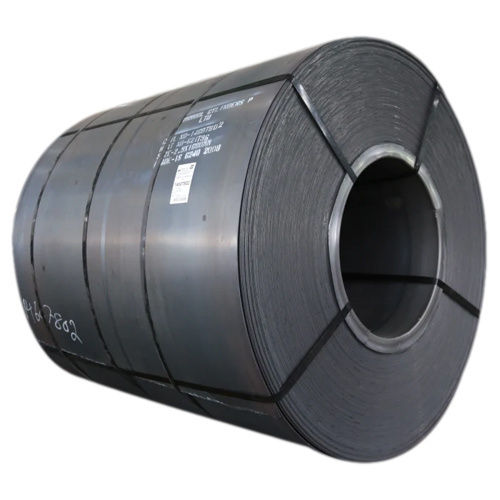

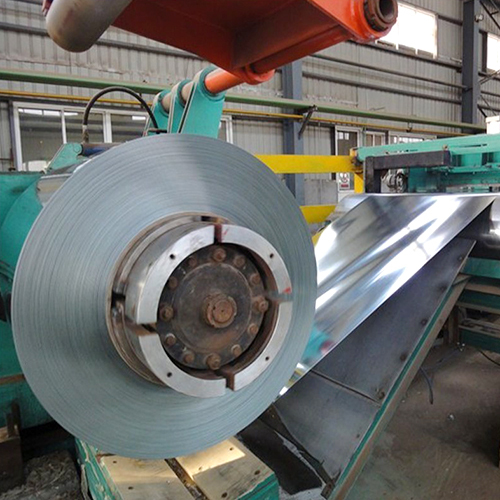
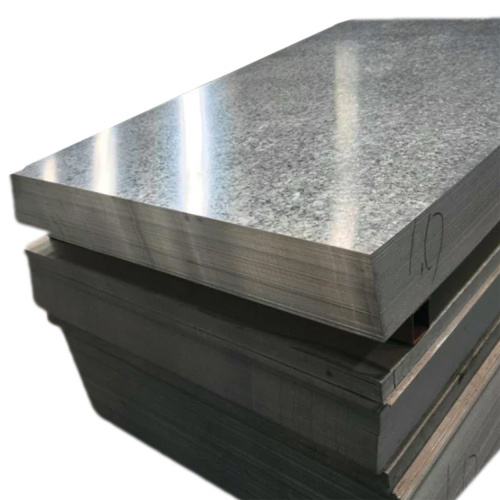
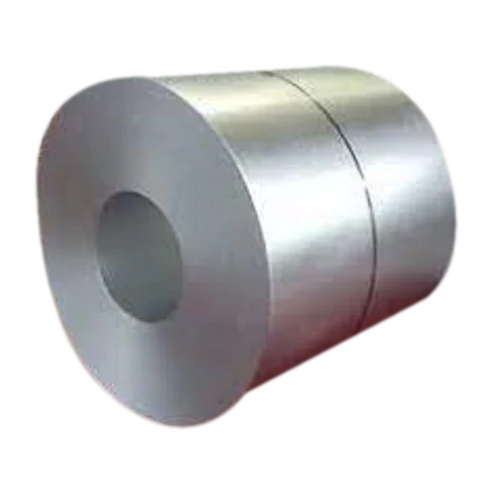
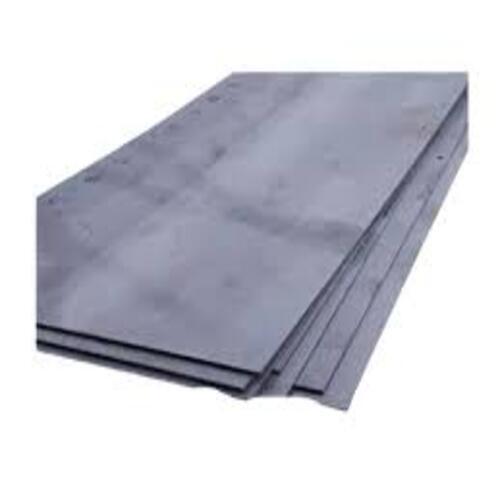



 Send Inquiry
Send Inquiry Send SMS
Send SMS Call Me Free
Call Me Free
